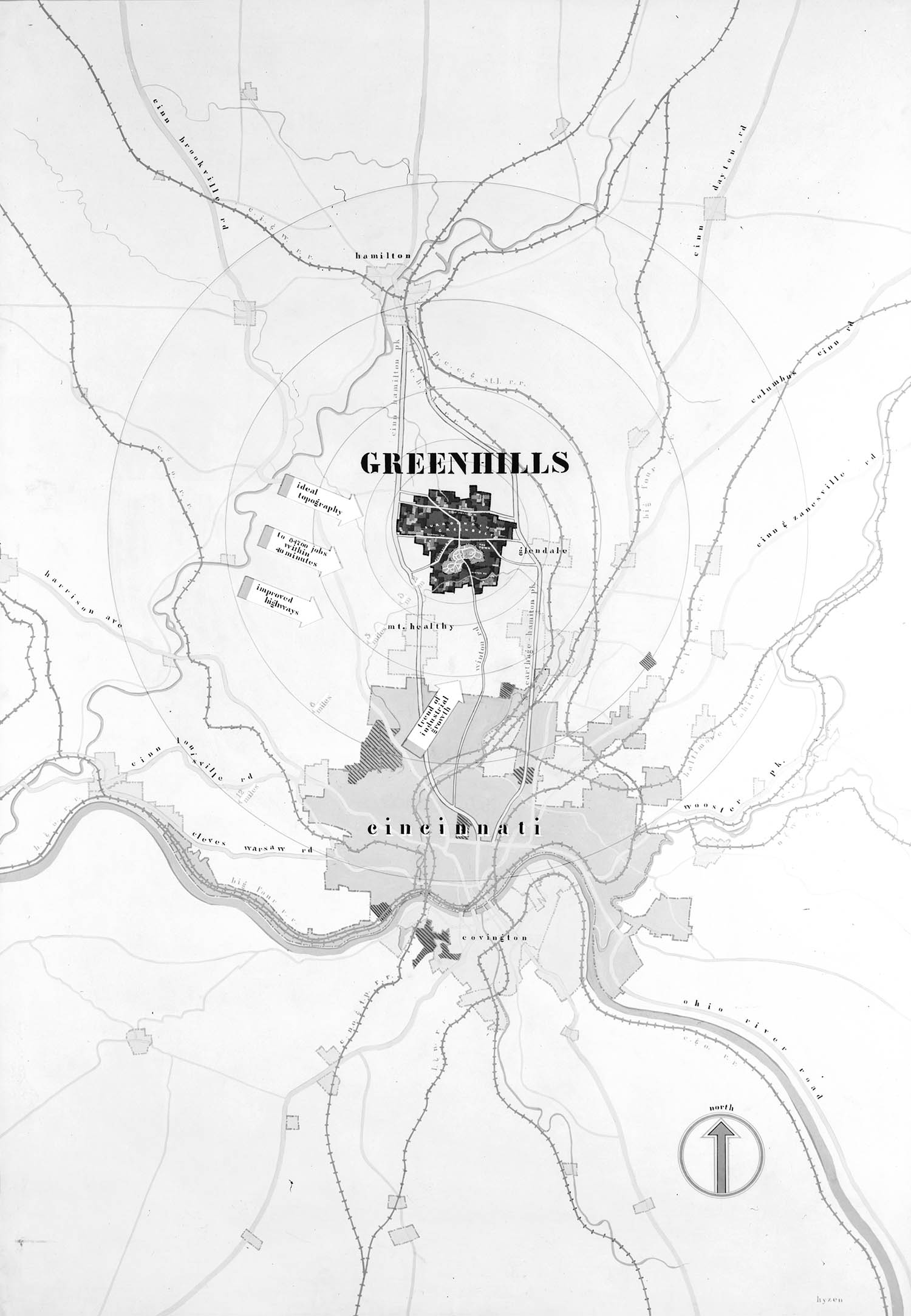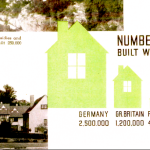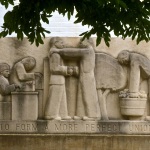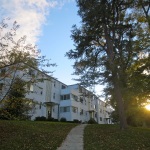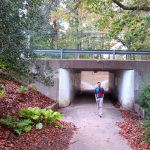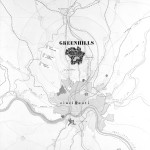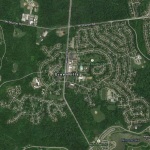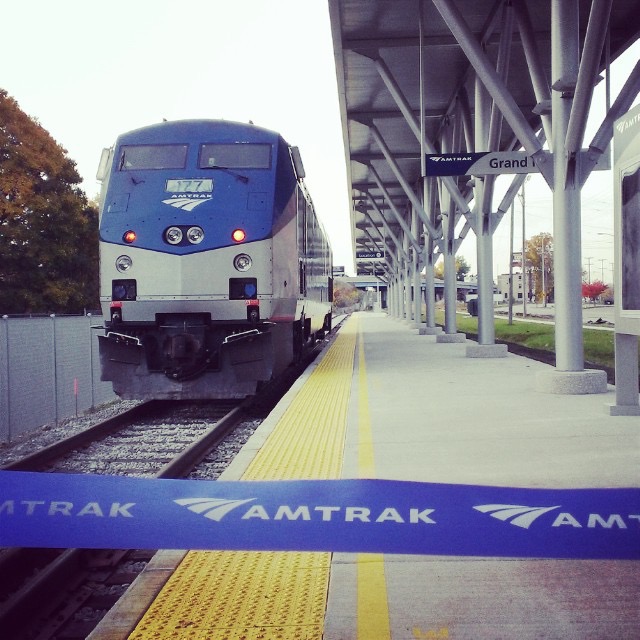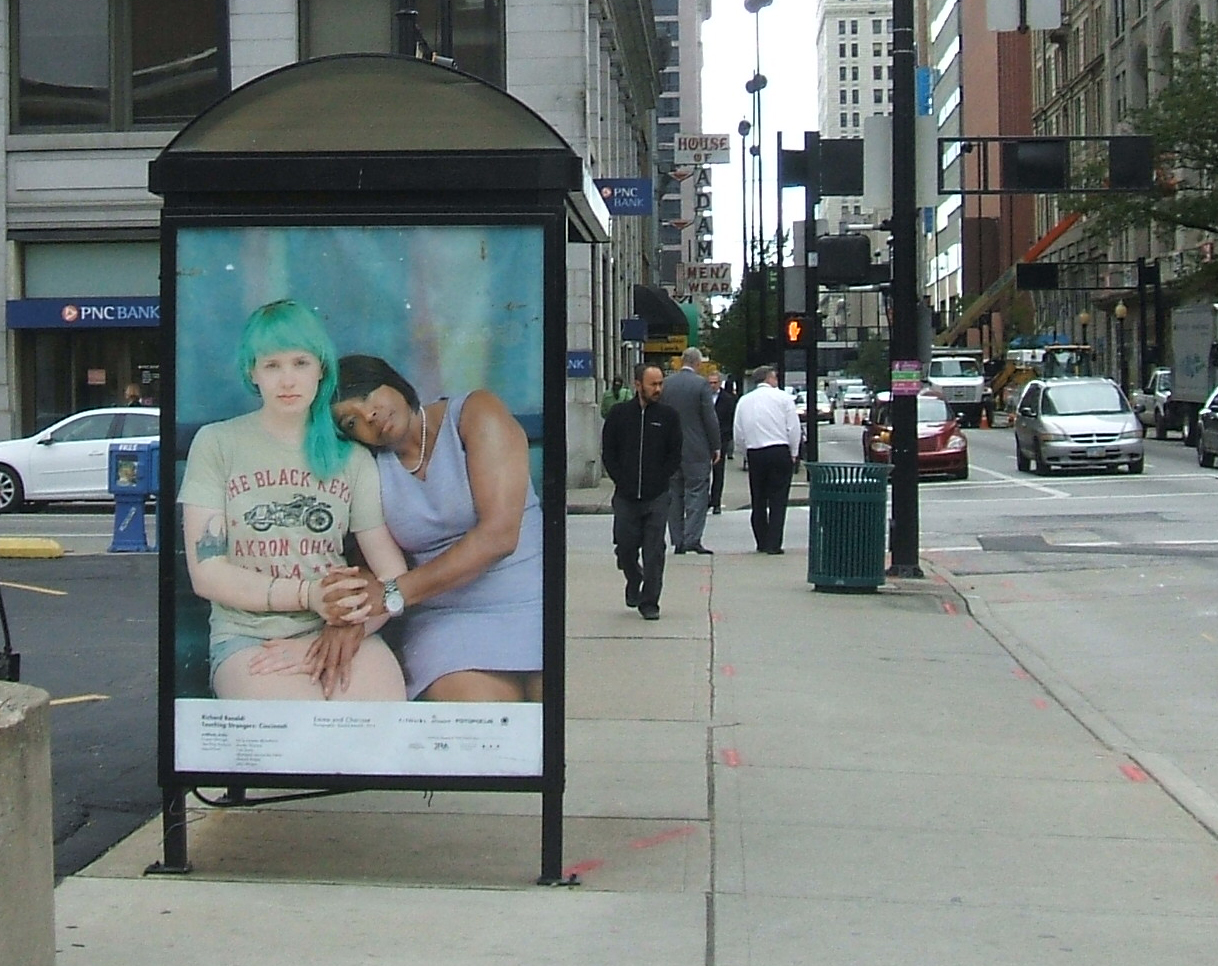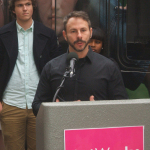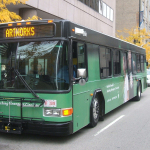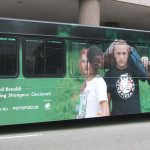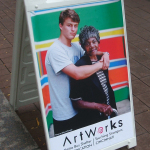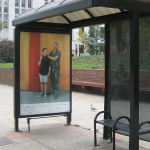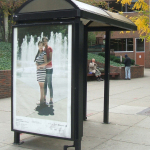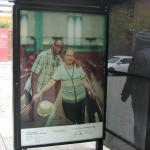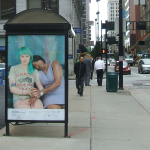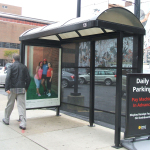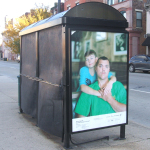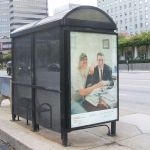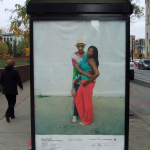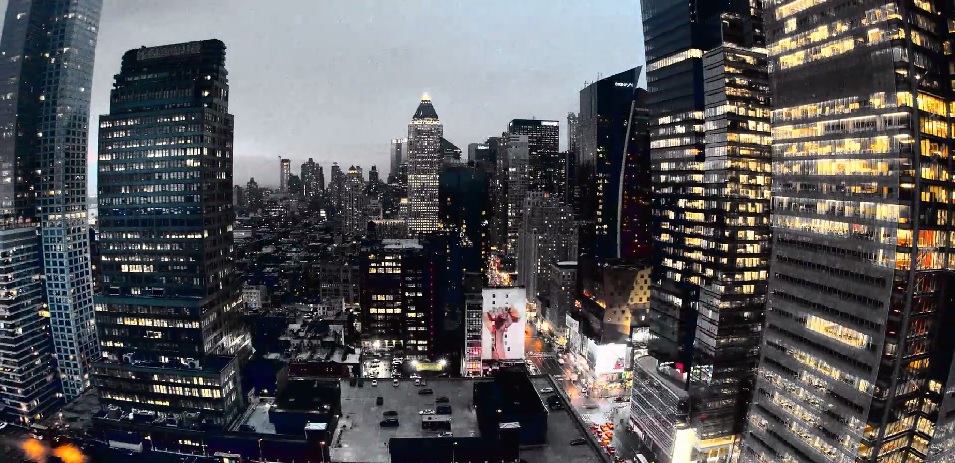Greenbelt, Maryland is a small town north of the Nation’s capital which carries a legacy larger than its hamlet appearance. As one of the nations four Green Towns built between 1935 and 1937, Greenbelt stands as a National Historic District and lasting testament to the FDR administration in its commitment to providing social programs, in particular, public housing through the New Deal.
The Garden City Movement in the United Kingdom, which valued open space, nature and balanced planning principles, and a pressing housing shortage during the Great Depression inspired FDR to action. Planners of Greenbelt and its sister towns Greenhills, Ohio and Greendale, Wisconsin, sought to create a new model of development: the suburb. Led by the newly established Resettlement Administration, the body focused on creating housing for federal workers.
These projects, in the words of Greenbelt Museum Education Coordinator Sheila Maffay-Tuthill, embodied the “coming together of urban and rural,” providing opportunities to experiment with housing, land use, and transportation policies simultaneously. In a recent tour of the site, led by Maffay-Tuthill and Megan Young, the Director of the Greenbelt Museum, staff of the National Public Housing Museum was able to see first hand the implementation of these policies.
Informed by its counterparts in Europe, the FDR Administration moved to make direct investments in public housing, a public good previously provided in large part by benevolent social organizations albeit never meeting demand. Due to its proximity to Washington and Eleanor Roosevelt’s championing, public policy experts consider Greenbelt as the most fully realized of American Green Towns with its project budget largely shielded from cuts throughout its development.
But even with this support, the Resettlement Administration did not realize the scale and vision of Greenbelt. Today, the town prides itself on its rural feel with low densities of cinder block Bauhaus-inspired row housing, modest apartment buildings, a school and community center, a shopping center with a Co-op grocery store, a bank, and a movie theater. A pathway network apart from the street network creates a peaceful walking environment completely separate from automobile traffic among plentiful trees and brooks.
While some decried the town as the epitome of federal largesse, a common criticism of many New Deal-era policies, the federal government thought methodically about shaping each Green Town. In the case of Greenbelt, all residents needed to fit within strict income and desired family demographic parameters. Planners conducted research in Greendale, Wisconsin about how wide to make pathways to encourage conversation and interaction, a fact ever apparent in the cozy sidewalk widths of Greenbelt. Public art adorns the school and community center building.
While the shovel hit the dirt for these central pieces of the Green Town vision, the plows did not hit the soil of farms outside of Greenbelt’s greenbelt of trees. As originally planned, larger farms, in addition to smaller allotment plot gardens for families would provide food for Greenbelters. Here the Green Town model would provide the amenities of a city within a decidedly rural context – a community spirit that arguably survives, if not in built-out plans, in Greenbelt’s legacy of co-op businesses, complete with a volunteer-run newspaper.
As Maffay-Tuthill reminds us, the first residents of Greenbelt, “were chosen for being idealistic people – they bought into what was being done here … they wanted this to succeed.” With such an engineered social and physical fabric, it is not surprising the various Green Towns met with varying levels of success. The monumental cost of the Green Town model and changing views on housing contributed to Greenbelt’s sale in 1952, much of it to the residents of Greenbelt.
Upon its sale and later private development of single-family homes starting in 1954, a new group of residents, less committed to the idealism of Greenbelt’s original inhabitants, reshaped the Utopian undertones. A policy shift away from the Green Towns model, coupled with the changing perception of these places presents preservationists with the question of how best to preserve the legacy and intent of these original towns.
Unlike Greenbelt, Cincinnati’s Greenhills community has not been as successful in preserving its story. Twenty-five minutes north of the city center, Greenhills suffered from an incomplete build-out of its original vision, and, as recently as 2009, wholesale demolition of a portion of its original housing units.
With much of the nation’s public housing stock currently approaching the 50-year old threshold for eligibility to the National Register of Historic Places, it is imperative current planners understand the importance of these places in telling the broader public housing and American story.
Like the telling of any national narrative, there are many questions on how to best tell the story and which examples provide the best understanding of the subject. In Greenbelt, the excitement with which our tour guides present the knowledge of their community and its spirit reminds us of the promise of public housing and its ability, when planned and fully implemented, to foster a greater sense of community and affect personal change in the lives of its residents. Undoubtedly there are many more stories to be told – and, like Greenbelt, more than anything these stories require champions.
Daniel Ronan works as the Site Development & Engagement Coordinator for the National Public Housing Museum in Chicago, and is the creator of ResilientHeritage.org. His interests include, historic preservation, transportation, and resilience. In his quest to study this issue in greater detail, Ronan will be visiting Cincinnati the weekend after Thanksgiving. Those interested in joining him for a tour of Greenhills can do so by contacting him at djronan@gmail.com.
